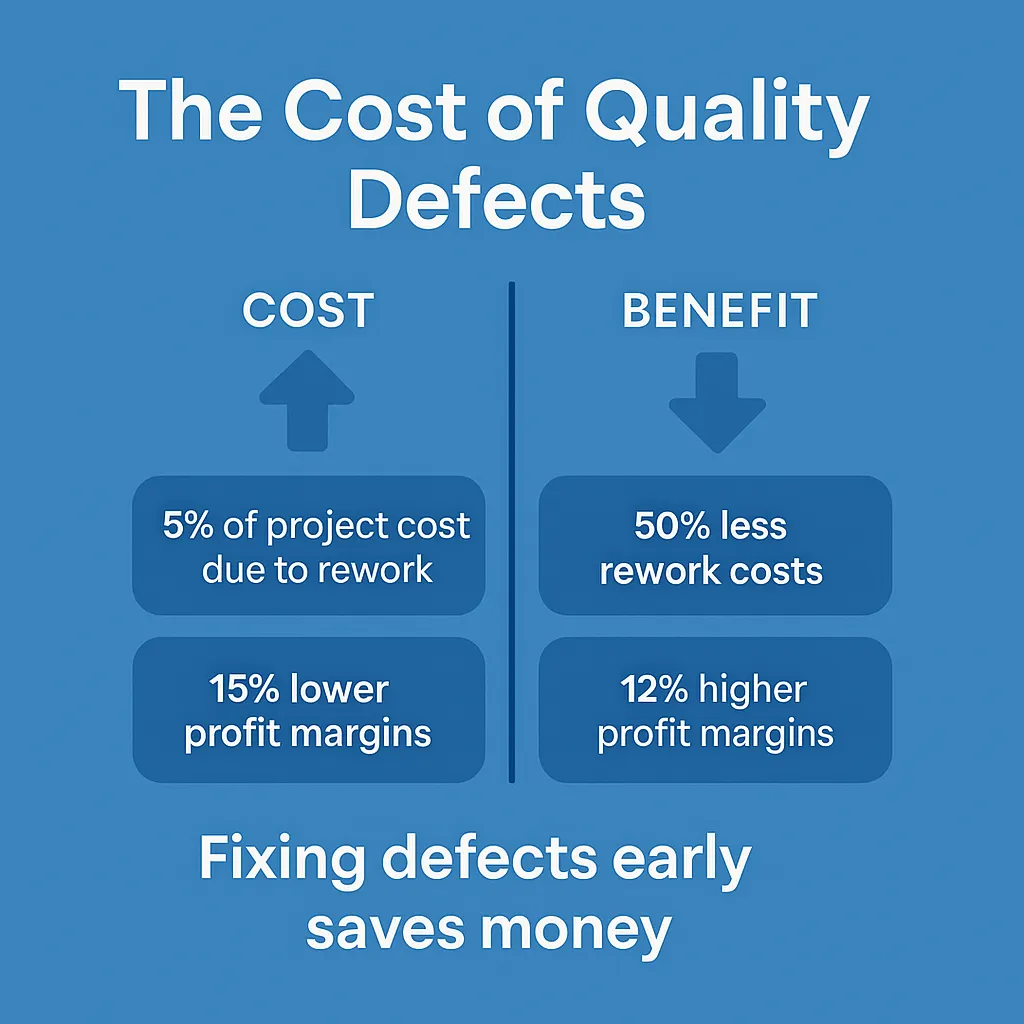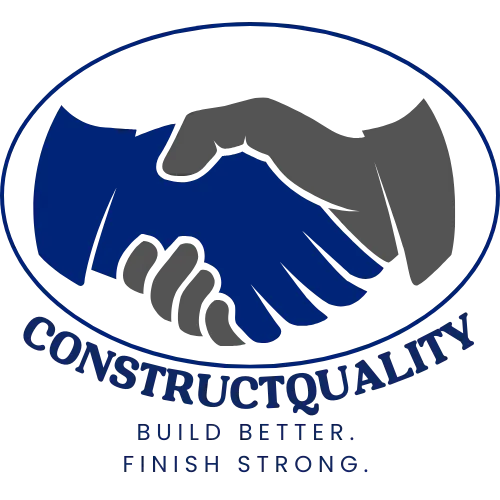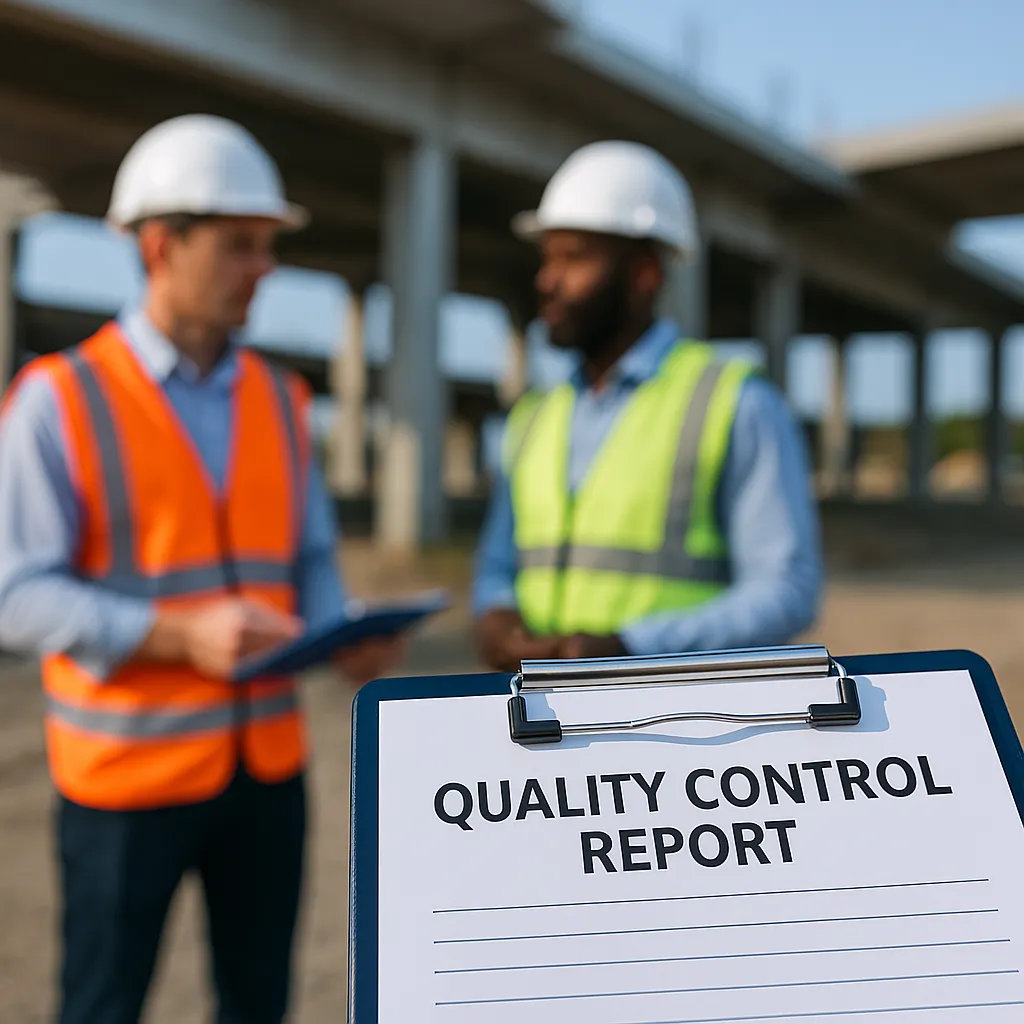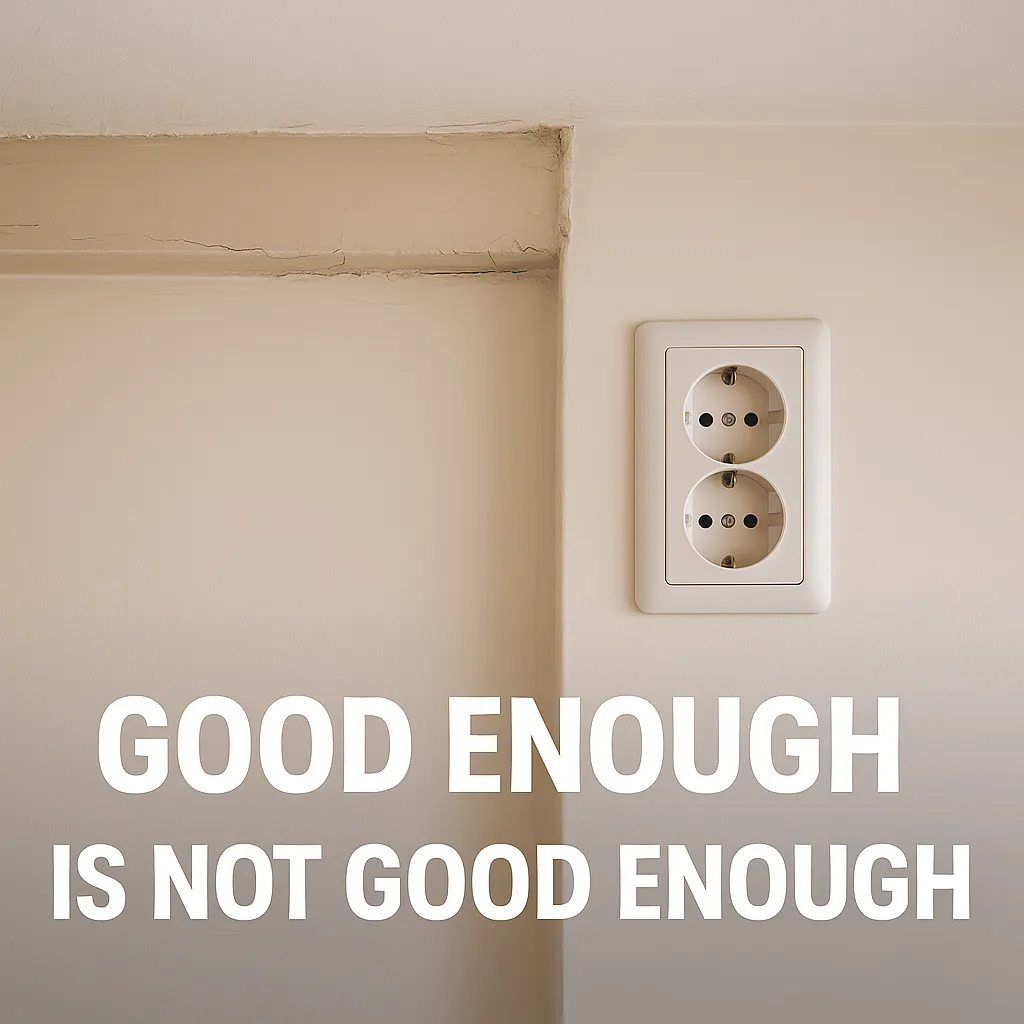How Quality Pays: The Hidden Profit in Doing Things Right the First Time
Most small construction firms know the pain of working hard, delivering on time, and still ending up with tighter margins than expected. While market rates and rising material costs play a role, there’s another silent factor that eats away at profits every day: poor quality.
What many don’t realize is that high-quality execution doesn’t just impress clients—it boosts your bottom line.

In this article, we explore how investing in quality up front saves money, builds reputation, and ultimately makes your business more profitable. We’ll share real-world examples, simple calculations, and the hidden costs that most firms don’t track—until it’s too late.
The Real Cost of Doing It Twice
Let’s say a €300 task is done incorrectly and needs to be redone. That’s not just €300 lost.
The real cost might include:
- Wasted labour time (2–3 people idle while waiting to rework)
- Materials used and scrapped
- Delays caused to dependent trades
- Site management time coordinating fixes
- Damage to client trust
A minor quality mistake can quickly turn into a €1,500–€3,000 hit.
Useful Resource: CIOB – Understanding the Cost of Quality Failure
Quality Isn’t Expensive—Rework Is
One South African contractor documented rework costs over six months and found that 8% of their project revenue went toward fixing preventable issues.
That’s €80,000 on a €1 million turnover.
Contrast this with the cost of implementing basic quality controls:
- Pre-task briefings
- Standardised checklists
- Digital photo records
- Visual work examples
- Peer reviews before sign-off
These don’t require a full-time quality officer—just better habits.
Real Story: A Lesson from a Simple Threshold
In Belgium, a subcontractor installed a single door threshold 10mm too high. It was caught only after the doors were hung and vinyl flooring installed. Fixing the issue meant:
- Ripping up €1,200 worth of flooring
- Rehanging doors
- Delay of the handover by 3 days
Total direct cost: €2,900. Not to mention the embarrassment in front of the client.
The original fix? A €20 laser level and 10 more minutes of setup.
Quality as a Profit Strategy
Instead of treating quality as a compliance issue, treat it as a profit multiplier.
Here’s how:
✅ Fewer callbacks = lower labour cost per project
✅ Cleaner work = faster handovers and faster invoicing
✅ Fewer client disputes = faster retention release
✅ Reputation for quality = repeat work and higher trust
Explore more: Get the CII’s guide to Rework Reduction
Small Tweaks, Big Gains
Start with one or two improvements:
- Add hold-point inspections for critical steps
- Create photo checklists for internal sign-off
- Include trades in pre-start reviews to spot coordination issues
Need help identifying the best areas to improve? ConstructQuality helps firms map their processes, find quality gaps, and install simple systems that reduce errors and stress.
Final Word: Profit Doesn’t Come From Working Harder
If you’re feeling squeezed on every project, the answer might not be more hours—but fewer mistakes. Quality isn’t about being perfect—it’s about being predictable. And in construction, predictable work is profitable work.
📩 Want help making your quality systems pay off? Reach out to [email protected] and let’s build profit into your process.







